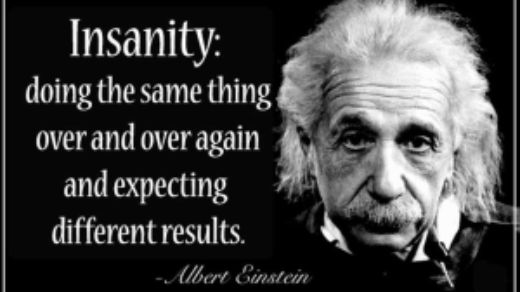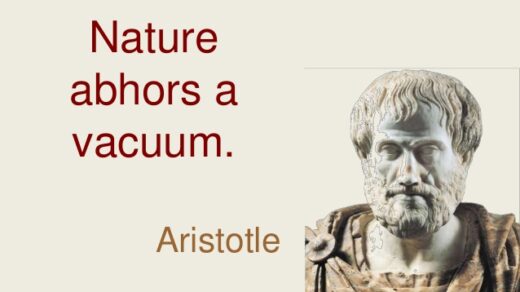
I have often said that most charities do not need to find more new donors to add to their database in order to raise funds, rather they need to upgrade their existing donors and mine their database for diamonds in the rough.
Here are some quick ways to find these diamonds:
A. Private Client Banking
The number of people that still use cheques is definitely on the decrease, but I would venture to say that a good portion of any Direct Mail program will still have numerous cheques flooding in.
In Canada, each of the major banks has its own Private Client Banking service. Usually, it is stated on the cheque right where the financial institution’s address is printed. Customers who use Private Banking usually need to have at least $500,000 in liquid assets (property doesn’t usually count).
B. Postal Code
Every city has its pockets of wealth. In a former life, I remember that there was a certain group of condominiums that contained almost 35% of our major donors at the time. You can easily overlay the postal codes with statistics from the municipal government about household income.
The other postal code is your own — it is not uncommon for those that are in close proximity to your location to be stronger supporters of your organization than those who live afar.
I know that Raiser’s Edge NXT has a great utility that you can filter and map (literally) out donors and postal codes. I have found this utility to be of great use.
C. Number of Years Donating and Amount Donated
I have mentioned in a previous post that a donor who gives you $25 per month for 20 years is a much greater prospect of giving a Deferred Gift than is a donor who gives $250,000 once. Your database is full of Deferred Giving prospects, but very likely needs some proactive work to capitalize on that steadfast commitment to your organization.
Additionally, if a donor pays off their commitment in one or two payments in a calendar year (and that payment is $500 or more), odds are better than not they can do that (pay at least $500) more often. If Donor X has been continually giving $1,000 every year in December there are two further asks that can/should occur — (1) could Donor X give a larger payment every December and/or (2) Could Donor X give a second gift of $1,000 at some other point in the year?
D. Age and Marital Status
Hopefully, you track your donors’ age. If not, I suggest that you start immediately. Even if you track something like “in their 40’s in 2018”, it would be a step up for the organization.
It has been stated that the prime years for donating are when a donor is between 45 and 60 years old. By then, their house has been paid off (hopefully) and their children (if any) are becoming self-sufficient. It is also the time of maximum earning potential in the marketplace.
That is not to say that seniors or young adults should be ignored. This is an exercise in priority, not value.
I would also look at people’s marital status. Those that have never been married or those that do not have children are prime candidates for a substantial investment.
The segmentation of any database is key, and one way to segment is by age cohort. It also helps identify common circles of influence.
E. Past Board/Committee Members
The volunteers who have graced your organization in the past are also prime candidates for support in the future. As a matter of fact, it should make your life easier as you may not need as much “mission education” with this cohort. They were on the inner track as a volunteer and already have a proven affinity for your organization.
Far too often, when volunteers retire from your organization, they are quickly forgotten. That is a huge mistake (and a disservice to them). I have found that bringing back some volunteers after a hiatus has had great success. The veteran volunteer can share their knowledge with the new volunteers and they can influence the areas that they wish to impact much more succinctly.
So, these are just 5 quick and easy tips to mine your own database. It is so very important to ensure that you are paying attention to the customers/donors you have and not neglecting them in favor of acquiring new donors.
L’chaim
jack




